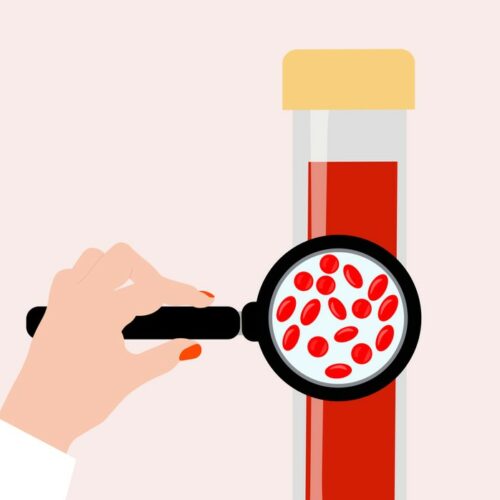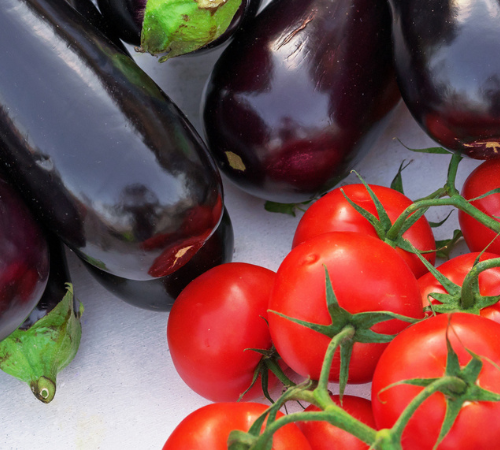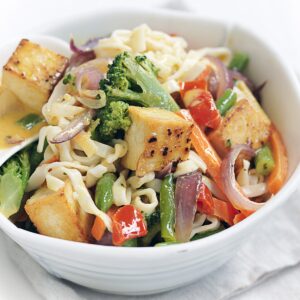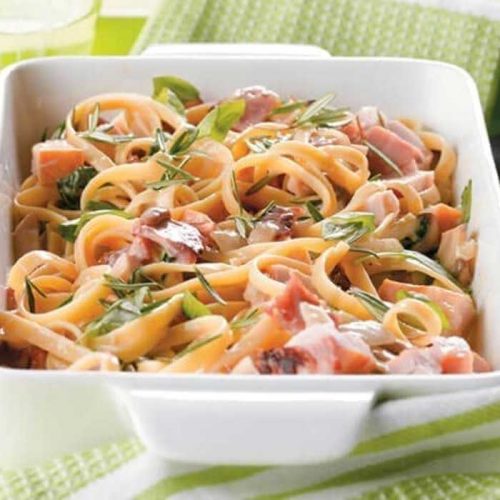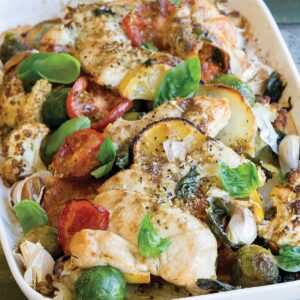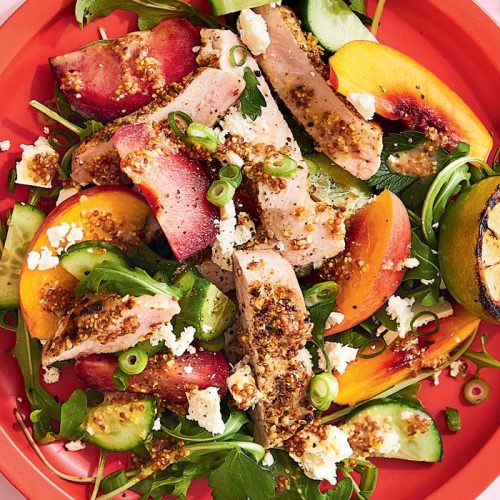
Healthy Food Guide nutritionist Claire Turnbull looks at how often we can enjoy treat foods as part of a healthy diet.
Q I often hear that it ok to have treats in moderation, or ‘occasionally’ but what does that mean? I’d love to know how often it is ok to be eating chocolate, cake, chips and other delicious goodies and still be healthy?
A To keep your body in good working order, reduce your risk of chronic diseases and support your mental wellbeing, aiming for a plant-focussed diet based on whole and minimally processed foods is the way to go.
And you can have the odd treat and still be healthy. Life is too short to deprive ourselves.
Most foods that are considered as ‘treats’ tend to be either high in free sugars, saturated fat, salt (sodium) or some combination of the three. These are nutrients that research shows we are best to limit, in order to keep ourselves well. Treats are often high in kilojoules/calories too.
How many kJ/calories do we need?
The amount of kJ/calories we need in a day, varies from person to person and depends on their age, gender and level of activity, among other things. The numbers you will see on the nutritional info panel on food packaging are based on what is considered an ‘average adult’ who needs 8700kJ (2080kcals).
How much sugar is okay to eat?
It is recommended that the ‘average adult’ has less than 10 per cent of their kJ/calories a day from free sugars which equates to 52g. Even better is to keep sugar to less than five per cent of your kJ/calories, which is 26g. For someone who is super active and needs more kJ/calories a day, the amount of sugar they are okay to have will increase as this calculation is based on a percentage.
What about saturated fat?
Based on an adult who needs 87000kJ, it is recommended to keep saturated fat to less than 24g a day.
How much sodium is too much?
It’s recommended we stick to less than 2000mg of sodium a day, regardless of your energy needs.
When it comes to working out how many treats are okay to have, it really depends on how much of this ‘budget’ of sugar, sat fat and salt you have used up in your everyday foods and how much you have left for extras. Also being mindful of the number of kJ/calories in the treat you are having.
So, if you have lashings of butter on toast in the morning (high in sodium and saturated fat), a glass of juice (high in free sugars), a full-fat milk latte (more saturated fat than trim/skim), and you keep the fat on your meat and add salt to it for dinner, you’ll likely have already have hit the upper limit for sugar, sat fat and sodium.
If you had started the day with oats, opted for a whole apple for morning tea, had a trim/skim milk coffee, trimmed the fat off your meat and didn’t add salt to your dinner, there might be a little more room in the budget for a small treat.
Here are a few examples of treats and their spend on sugar, salt, saturated fat and energy, according to Food Works NZ/AU 2019. Be mindful that the figures will vary depending on the brand/type of each of these and how big your serving size is compared to what is outlined here:
6 squares chocolate (45g)
1004kJ (240kcals), 25g sugar, 8g saturated fat and 36mg sodium.
2 scoops of chocolate ice cream (120g)
1061 kJ (253kcals), 24g sugar, 10g saturated fat and 63mg sodium.
Bag of salted chips (crisps) 50g
1010kJ (253kcals), <1g sugar, 3.8g saturated fat and 295mg sodium.
2 Tim Tams
800kJ (191kcal), 16g sugar, 5g saturated fat and 58mg sodium.
4 marshmallows
221kJ (55kcals), 11g sugar, 0g saturated fat and 4mg sodium
Slice of carrot cake with cream cheese icing (135g)
2303kJ (550kcals), 51g sugar, 9g saturated fat and 391mg sodium
150mls white wine
459kJ (110kcals), 0.5g sugar, 0g saturated fat and 36mg sodium
Large blueberry muffin (café)
210g 3205kJ (766kcals), 47g sugar, 4g saturated fat and 816mg sodium
There is no definitive guide as to how many times a day or week it is okay to have treats, but as you really want to be spending the majority of you kJ/calorie budget on foods that nourish your body and keep you well, allowing a small ‘budget’ to treats is best.
So, this could be a couple squares of chocolate a day or a few glasses of wine and dessert when you are out with friends once a week. Or it might be that you swap your daily porridge for pancakes on a Sunday morning.
Despite nutrition guidelines focusing on a ‘daily’ number, what we eat day to day varies, so it can be helpful to think about trying to balance things out over a week, to be more realistic.
Something that is important to consider as part of the conversation about treats is why you are having them in the first place. There is a very big difference between mindfully sitting down and enjoying a dessert when you friend has cooked you dinner or enjoying a scoop of ice cream at the beach, versus eating half a packet of biscuits while watching TV, or drinking alcohol every night to help relieve stress.
When it comes to kids, they need less energy, sugar, sat fat and sodium than we do as adults, so the portion size and frequency of treats needs to be balanced for them too. For more inspiration on what to feed kids, you can check out my Facebook page and our child health features.
www.healthyfood.com


